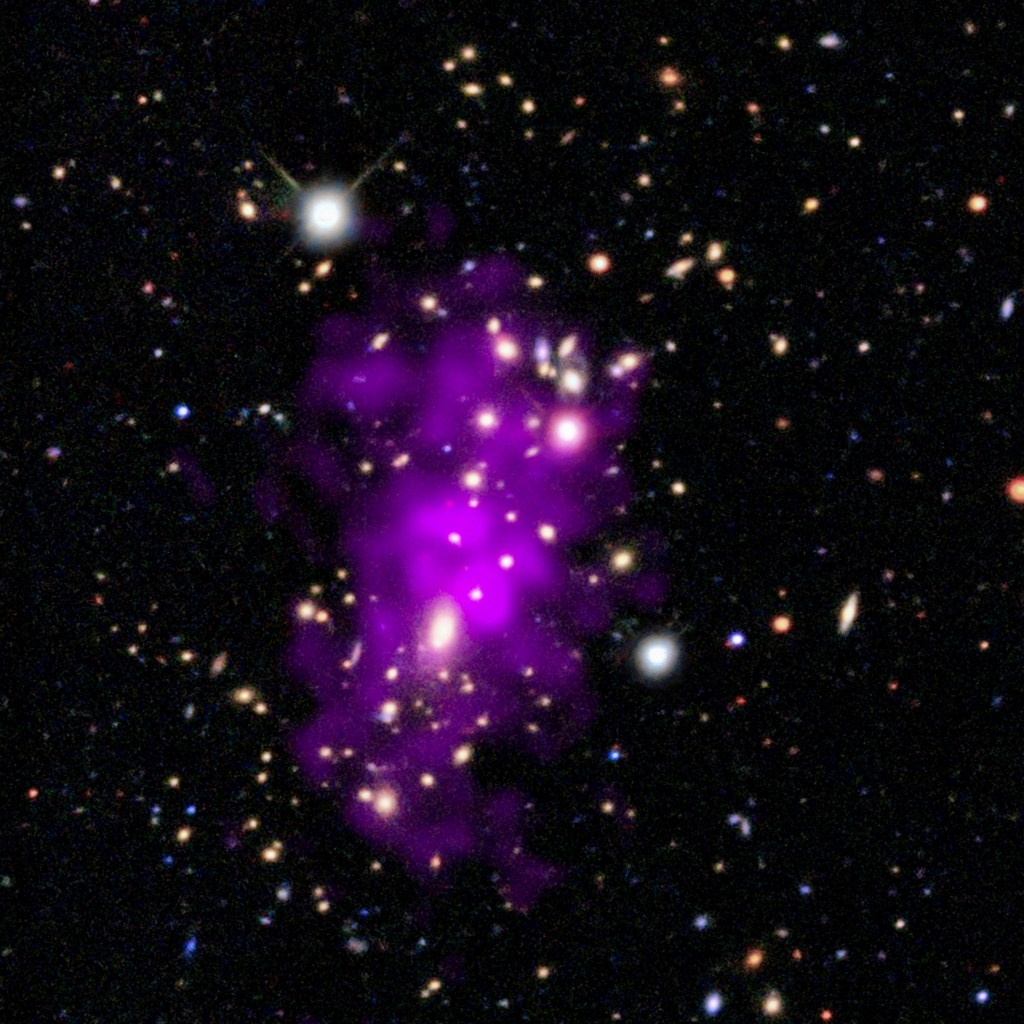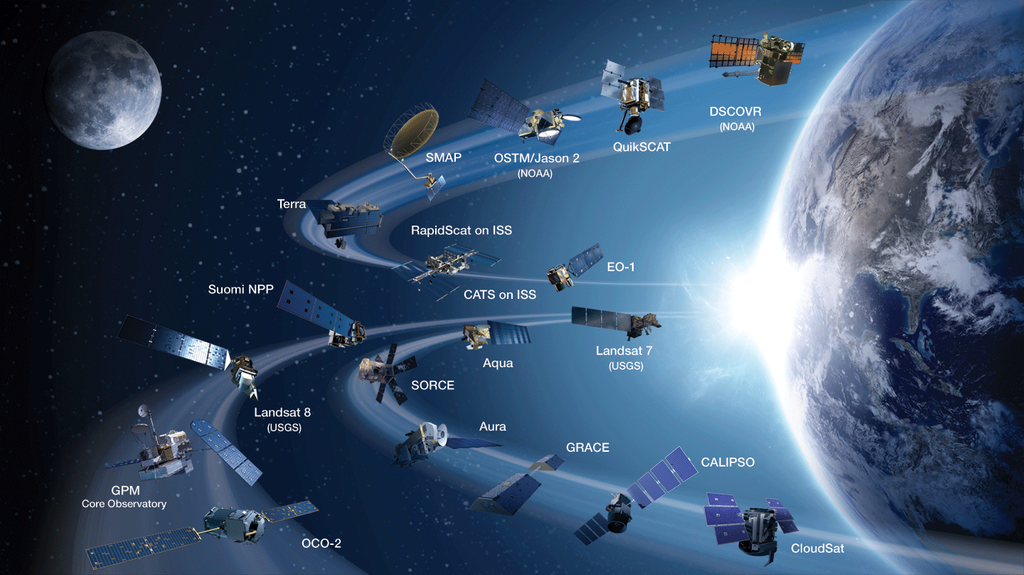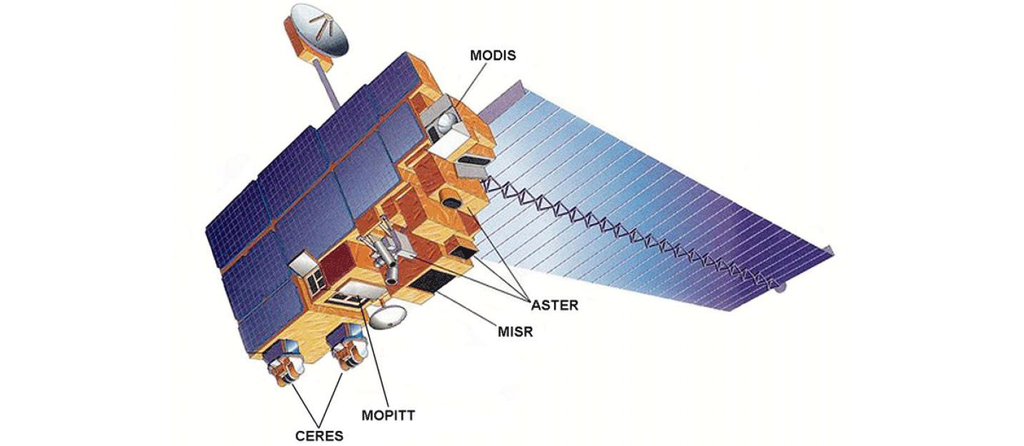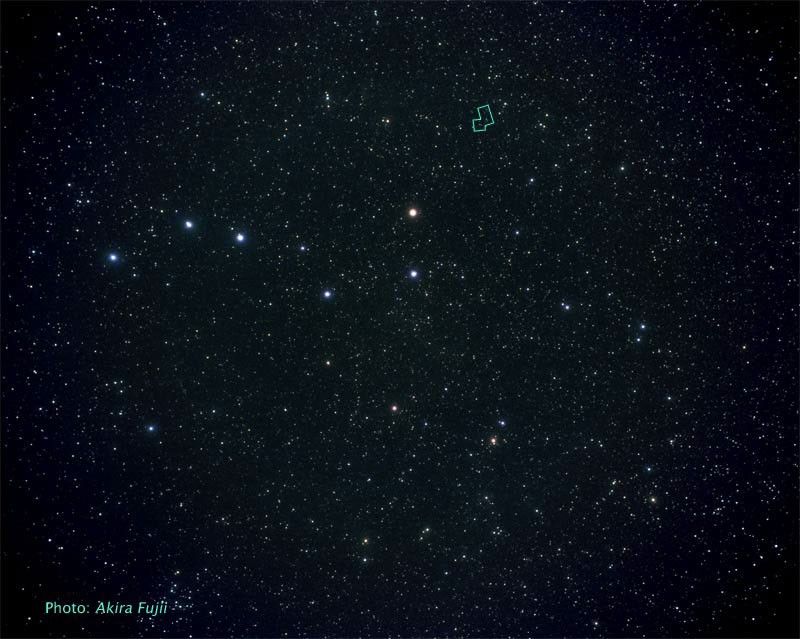1 min read
Happy Sweet Sixteen, Hubble Telescope! – Starburst Galaxy M82

To celebrate the Hubble Space Telescope's 16 years of success, the two space agencies involved in the project, NASA and the European Space Agency (ESA), are releasing this image of the magnificent starburst galaxy, Messier 82 (M82). This mosaic image is the sharpest wide-angle view ever obtained of M82. The galaxy is remarkable for its bright blue disk, webs of shredded clouds, and fiery-looking plumes of glowing hydrogen blasting out of its central regions.
Throughout the galaxy's center, young stars are being born 10 times faster than they are inside our entire Milky Way Galaxy. The resulting huge concentration of young stars carved into the gas and dust at the galaxy's center. The fierce galactic superwind generated from these stars compresses enough gas to make millions of more stars.
In M82, young stars are crammed into tiny but massive star clusters. These, in turn, congregate by the dozens to make the bright patches, or "starburst clumps," in the central parts of M82. The clusters in the clumps can only be distinguished in the sharp Hubble images. Most of the pale, white objects sprinkled around the body of M82 that look like fuzzy stars are actually individual star clusters about 20 light-years across and contain up to a million stars.
The rapid rate of star formation in this galaxy eventually will be self-limiting. When star formation becomes too vigorous, it will consume or destroy the material needed to make more stars. The starburst then will subside, probably in a few tens of millions of years.
Located 12 million light-years away, M82 appears high in the northern spring sky in the direction of the constellation Ursa Major, the Great Bear. It is also called the "Cigar Galaxy" because of the elliptical shape produced by the oblique tilt of its starry disk relative to our line of sight.
The observation was made in March 2006, with the Advanced Camera for Surveys' Wide Field Channel. Astronomers assembled this six-image composite mosaic by combining exposures taken with four colored filters that capture starlight from visible and infrared wavelengths as well as the light from the glowing hydrogen filaments.
Hubble was launched on April 24, 1990, aboard the space shuttle Discovery.
About the Object
- R.A. PositionR.A. PositionRight ascension – analogous to longitude – is one component of an object's position.09h 55m 52.0s
- Dec. PositionDec. PositionDeclination – analogous to latitude – is one component of an object's position.69° 40' 48.99"
- ConstellationConstellationOne of 88 recognized regions of the celestial sphere in which the object appears.Ursa Major
- DistanceDistanceThe physical distance from Earth to the astronomical object. Distances within our solar system are usually measured in Astronomical Units (AU). Distances between stars are usually measured in light-years. Interstellar distances can also be measured in parsecs.12 million light-years (3.7 Megaparsecs)
- DimensionsDimensionsThe physical size of the object or the apparent angle it subtends on the sky.This image is roughly 7.9 arcminutes (28,000 light-years or 8,500 parsecs) wide.
About the Data
- Data DescriptionData DescriptionProposal: A description of the observations, their scientific justification, and the links to the data available in the science archive.
Science Team: The astronomers who planned the observations and analyzed the data. "PI" refers to the Principal Investigator.This image was created from HST data from proposal 10776 M. Mountain (STScI), J. Gallagher (University of Wisconsin-Madison), P. Puxley (NSF), K. Noll, H. Bond, C. Christian, L. Frattare, F. Hamilton, Z. Levay, M. Mutchler, W. Januszewski, and T. Royle (Hubble Heritage Team/STScI/AURA). Note: Announcement page with release information on High Level Science Products for M82 (combined and mosaiced fits files for each filter) is available at the MAST Archive - InstrumentInstrumentThe science instrument used to produce the data.HST>ACS/WFC
- Exposure DatesExposure DatesThe date(s) that the telescope made its observations and the total exposure time.March 27-29, 2006, Exposure Time: 13.7 hours
- FiltersFiltersThe camera filters that were used in the science observations.F435W (B), F555W (V), F658N (H alpha), and F814W (I)
- Object NameObject NameA name or catalog number that astronomers use to identify an astronomical object.M82, NGC 3034
- Object DescriptionObject DescriptionThe type of astronomical object.Starburst Galaxy
- Release DateApril 24, 2006
- Science ReleaseHappy Sweet Sixteen, Hubble Telescope!
- CreditNASA, ESA, Hubble Heritage Project

This image is a composite of many separate exposures made by the ACS instrument on the Hubble Space Telescope using several different filters. Three filters sample broad wavelength ranges, one isolates the light of hydrogen. The color results from assigning different hues (colors) to each monochromatic image. In this case, the assigned colors are: Blue: F435W (B) Green: F555W (V) Red-orange: F658N (H alpha) Red: F814W (I)

Related Images & Videos

Active Galaxy M82 Details
Details in the Hubble Space Telescope image of the active galaxy M82. Left: A portion of M82's bluish disk, largely composed of young, hot stars. Numerous bright blue-white star-forming clumps and wisps of darker, cooler dust and gas appear superimposed on the disk. Center: The...

Chandra/Hubble/Spitzer X-ray/Visible/Infrared Image of M82
Composite of multi-wavelength images of the active galaxy M82 from the three Great Observatories: Hubble Space Telescope, Chandra X-Ray Observatory, and Spitzer Space Telescope. X-ray data recorded by Chandra (courtesy of NASA/CXC/JHU/D.Strickland) appears here in blue; infrared...
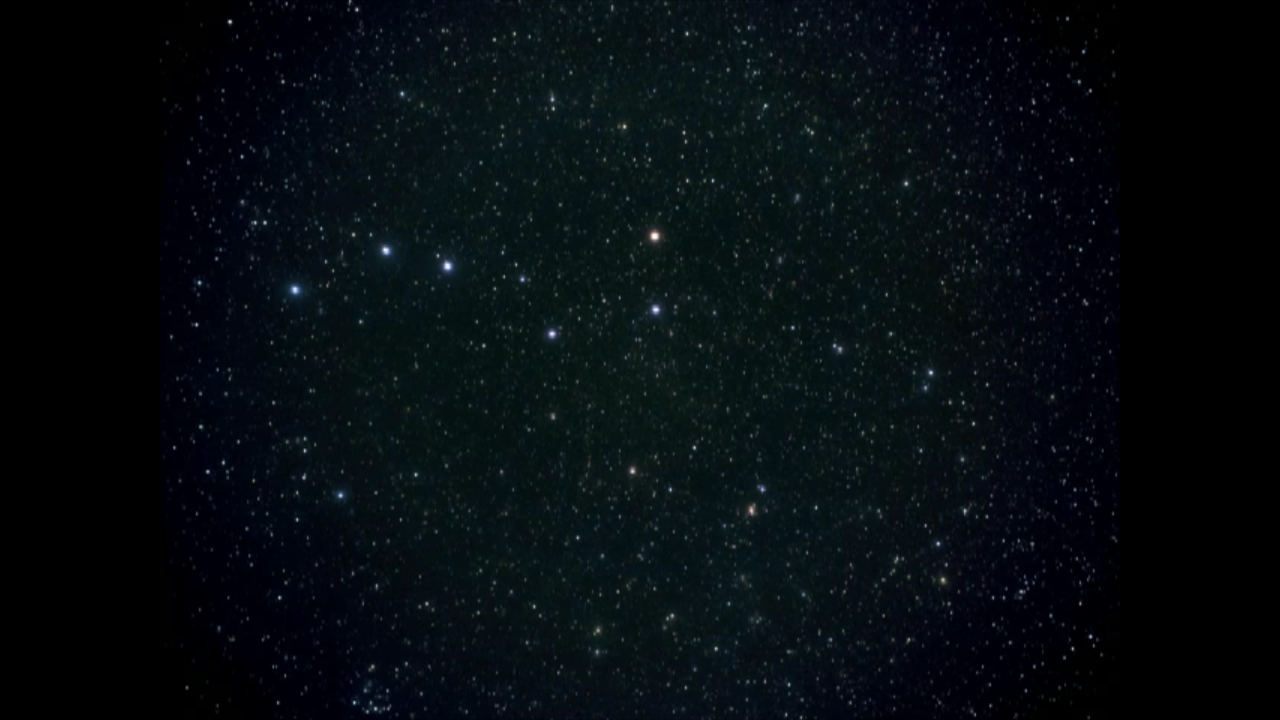
Zoom Animation into M82
Zoom through the northern spring sky, in the direction of the constellation Ursa Major, the Great Bear, to the galaxy known as Messier 82 (M82), or the Cigar Galaxy. The observations were made by Hubble's Advanced Camera for Surveys. Astronomers combined four color-filter images...

Pan Across M82 (Details to Full-field: Forward)
Fiery-looking plumes of glowing hydrogen are blasting out of the central nucleus of the galaxy M82. Panning across the elliptical center, bright patches of star clumps, dust lanes and individual star clusters are resolved in these sharp Hubble images. Stars are crammed into tiny...
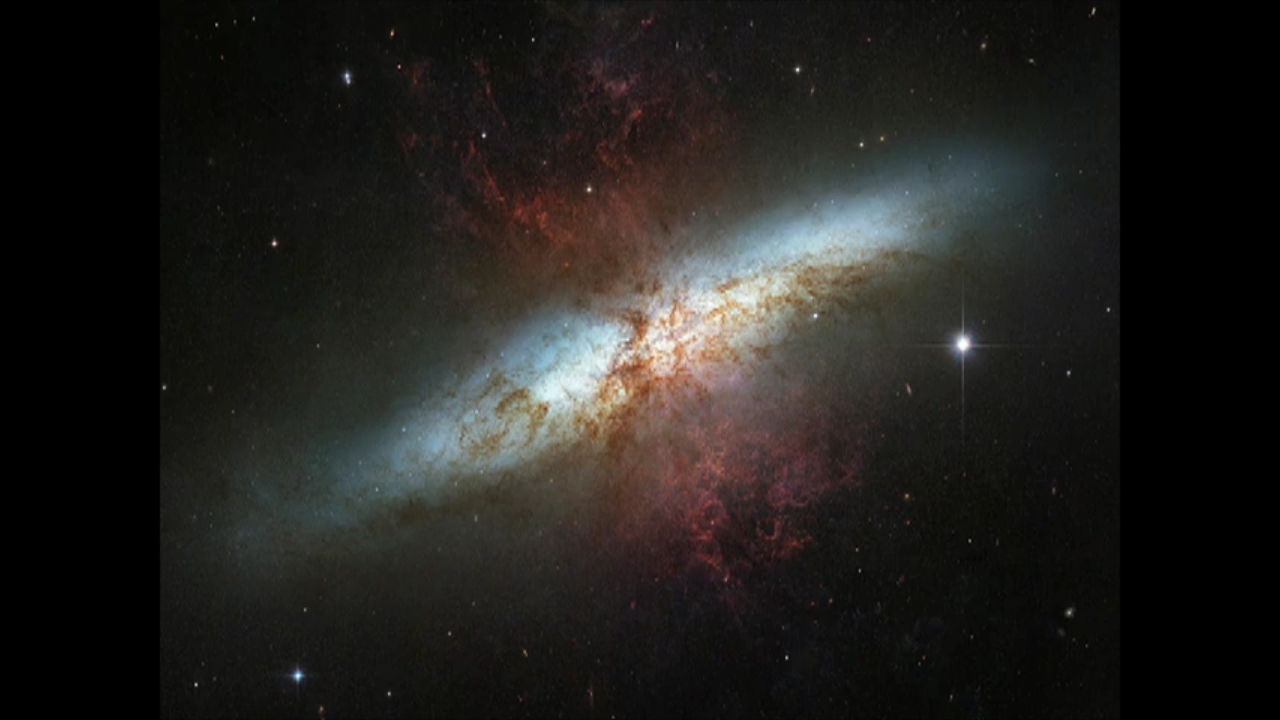
Pan Across M82 (Full-field to Details: Reverse)
Stars are crammed into tiny but massive star clusters that congregate by the dozens to form super star clusters in the core of M82. Panning across the elliptical center, bright patches of star clumps, dust lanes and individual star clusters are resolved in these sharp Hubble...
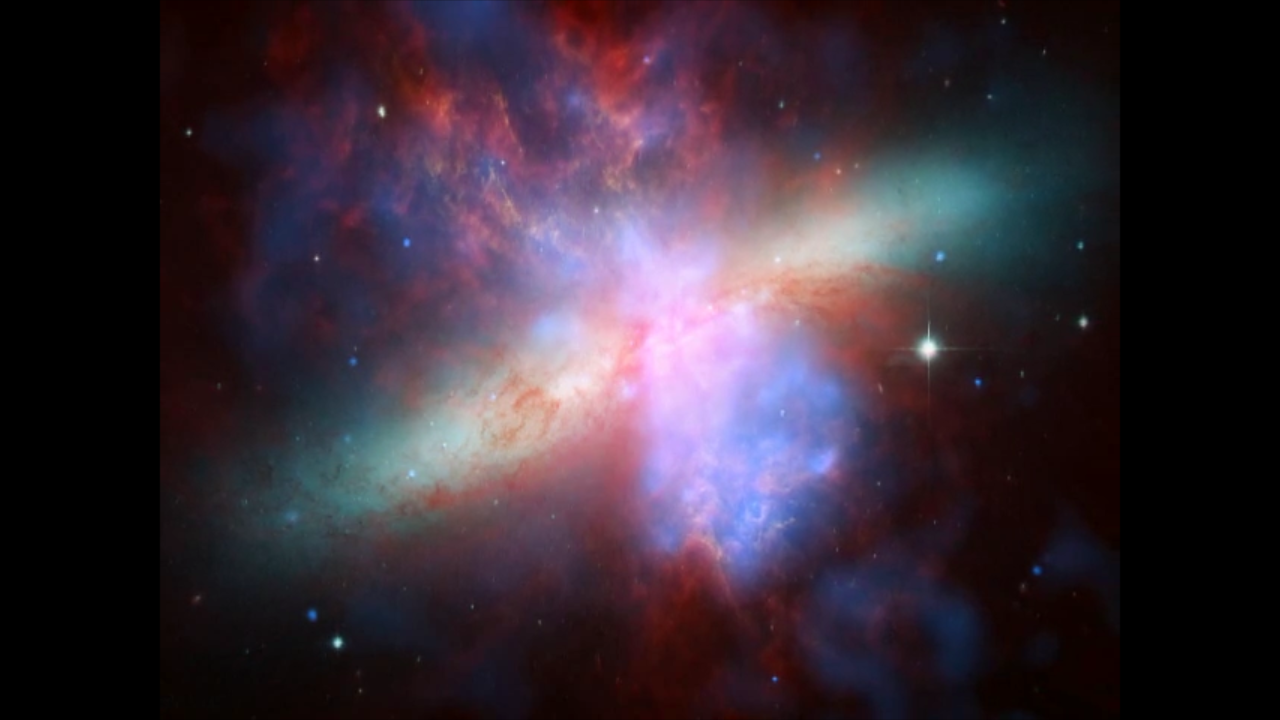
M82 Great Observatories – Chandra/Spitzer/Hubble
M82 is shown in all its wavelength glory. Dissolving from Chandra X-ray Observatory images of three X-ray energy bands to images in three bands of the infrared spectrum taken by the Spitzer Space Telescope, and ending with the Hubble Space Telescope's visible- and near-infrared-...
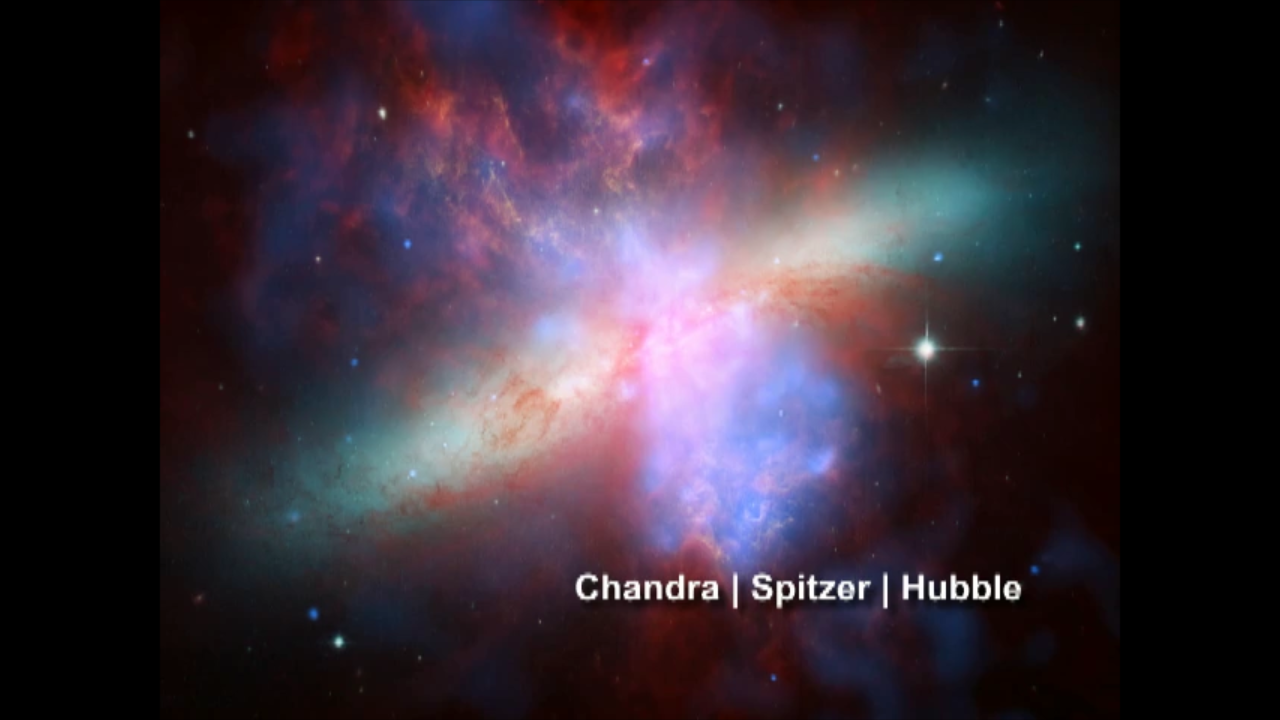
M82 Great Observatories – Chandra/Spitzer/Hubble (Annotated)
M82 is shown in all its wavelength glory and annotated to mention each observatory. Dissolving from Chandra X-ray Observatory images of three X-ray energy bands to images in three bands of the infrared spectrum taken by the Spitzer Space Telescope, and ending with the Hubble...
Share
Details
Claire Andreoli
NASA’s Goddard Space Flight Center
Greenbelt, Maryland
claire.andreoli@nasa.gov
J. Gallagher, Matt Mountain, P. Puxley












